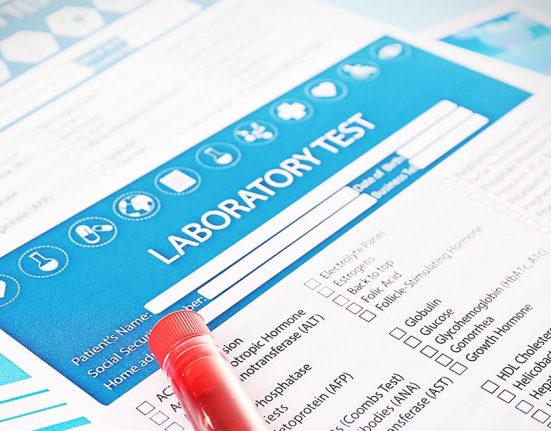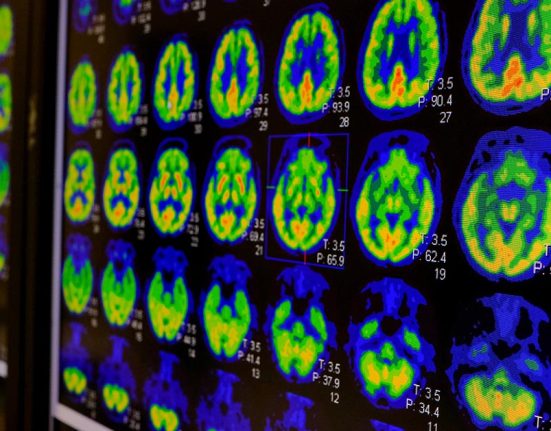Stages of Prostate Cancer
Staging is used to describe the extent of the prostate cancer after its initial diagnosis. Determining the stage of prostate cancer is a complex process that involves taking information from scans (such as MRI, bone scan, CT scan or PSMA PET scan), numerous tests, measurements and other factors. The objective is to determine the extent, size and aggressiveness of the cancer.
Types of Staging
- Clinical staging: This is based on the results of the urologist’s physical examination of the patient’s prostate and pre-surgery procedures such as a prostate-specific antigen (PSA) test, a digital rectal exam (DRE), a Gleason score (measures how cancer cells behave on a micro level) and imaging tests. A doctor uses these results to determine the stage of the cancer and decide whether to recommend additional diagnostic exams, such as a magnetic resonance imaging (MRI) scan.
- Pathological staging: This type of staging is based on information revealed after surgery to remove the prostate gland. The prostate tissue is examined to get a more detailed and more accurate stage of the disease.
TNM Classification
The TNM staging system is used to describe how far the tumor has spread.
T (Tumor) – describes the tumor’s size, location and how deep it has grown into the tissue.
N (Node) – shows whether cancer cells have spread to nearby lymph nodes or the channels connecting the lymph nodes.
M (Metastasis) – Metastasis status refers to whether the cancer has spread to other organs or tissue.
Stages of Prostate Cancer
The stage of cancer will help the physician and patient determine the most appropriate options for treatment. Prostate cancer stages range from I through IV.
| Stages | Cancer Location | PSA Level | Gleason Score / Other Notable Factors |
| Stage I prostate cancer – the cancer usually grows slowly and remains on the prostate gland with no lymph node involvement or metastasis. Cancer may not be felt during DRE | |||
| Stage I prostate cancer | Cancer is on one side of the prostate | PSA level may not be high. | Cancers that are felt during a DRE may still be classified as stage 1 if the Gleason score is 6 or less and the PSA is lower than 10. |
| Stage II prostate cancer – the cancer remains confined to the prostate gland | |||
| Stage II A | The cancer is on one or both sides of the prostate. | The PSA blood test level is between 10 and 19. | The Gleason score is 6 or less. |
| Stage II B | The cancer is on one or both sides of the prostate. | The PSA is lower than 20. | The Gleason score is 7. |
| Stage II C | The cancer is on one or both sides of the prostate. | The PSA is lower than 20. | |
| Stage III prostate cancer – the cancer is locally advanced. The tumor has progressed and is more likely to grow and spread, with both the Gleason score and the PSA being high. | |||
| Stage III A | The cancer is on one or both sides of the prostate.S | The PSA is 20 or higher. | The Gleason score may be as high as 8. |
| Stage III B | The cancer has spread outside the prostate gland to nearby tissues but not to the lymph nodes. | The PSA may be any level. | The Gleason score may be up to 8. |
| Stage III C | The cancer is similar to 3B, but the cancer may not be growing beyond the prostate | The Gleason score is 9 or 10. | |
| Stage IV prostate cancer – the cancer has spread to lymph nodes or to other parts of the body. | |||
| Stage IV A | The cancer has spread to nearby lymph nodes but may or may not have spread to nearby tissues. | ||
| Stage IV B | The cancer has spread to another area of the body, such as the bones or distant lymph nodes. |
[Updated 12 Aug 22]

Protect against cancer, cardiovascular disease, and other chronic diseases with regular health screening. Compare and shop for health screenings from Singapore and regional healthcare providers at a single convenient platform - shop.health365.sg
This article is informative only and is not intended to be a substitute for professional medical advice, diagnosis, or treatment, and should never be relied upon for specific medical advice.






















































